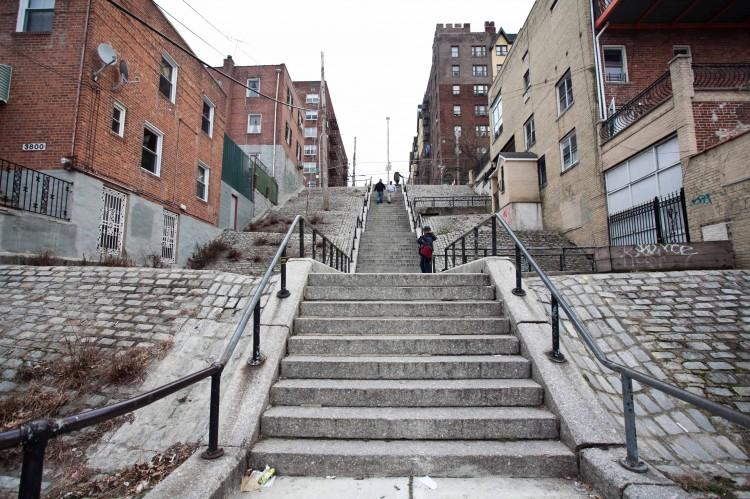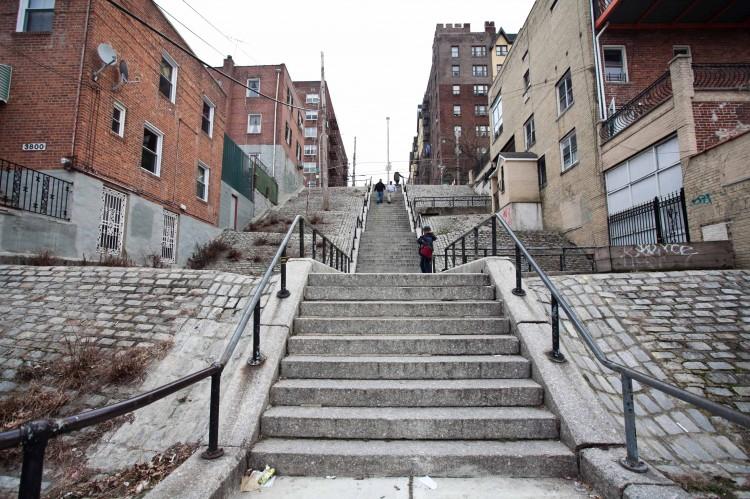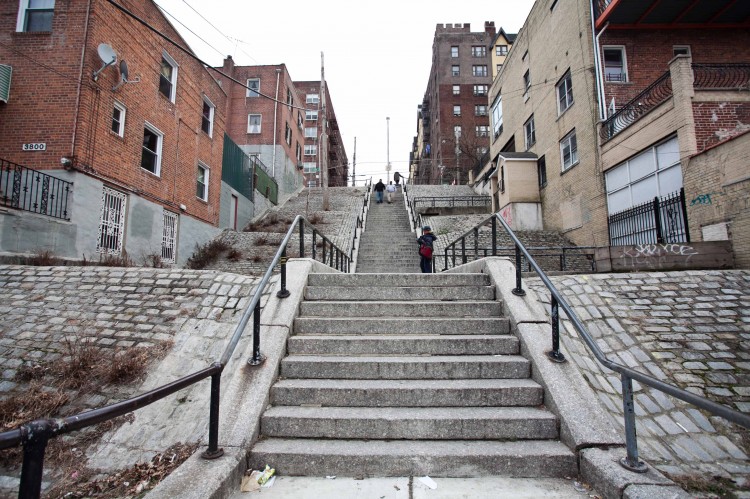NEW YORK—New York City’s Historic Districts Council (HDC), an organization that advocates for preservation in the city, asked New Yorkers to nominate neighborhoods as top priorities for preservation. HDC picked its 2012 Six to Celebrate, from among the nominations; its second annual list of six neighborhoods that merit special consideration from the Landmarks and Preservation Commission.
HDC will launch its Six to Celebrate campaign on Jan. 18, which includes: Van Cortlandt Village and the Port Morris Gantries in the Bronx, Victorian Flatbush and Bay Ridge in Brooklyn, Morningside Heights in Manhattan, and the Far Rockaway beachside bungalows in Queens.
HDC Executive Director Simeon Bankoff says last year’s list was successful at helping protect New York City’s gems. For example, the Landmarks Commission has done much work on the Bowery, including giving landmark status to several buildings and considering a district for historical designation, since it appeared on HDC’s list in 2011. Gowanus got on the national register of historic places, which was the HDC’s goal for that area, and Inwood received a $300,000 grant to improve a park.
[etssp 500]
“It was a great exercise in community building,” said Bankoff in a phone interview. “A lot of groups got more organized, a lot stronger, after working with them for a year.”
Bankoff spoke about the dynamic between preservation and the need for change in the city. He used the Empire State Building as an example. Thousands of windows have been replaced to increase energy efficiency, while the structure has remained the same.
He also pointed out that the Landmarks Commission only regulates about 3 percent of the city’s buildings. Every year it issues approximately 10,000 work permits for these buildings, which number about 28,000.
“Preservation is just a way of guiding development,” says Bankoff.
A Spotlight on the Bronx
The Bronx is getting a lot of attention in 2012. Mayor Michael Bloomberg gave his 2012 State of the City address last week from Morris High School in the South Bronx and announced a renewed effort to develop the Kingsbridge Armory, among other projects in the borough. The Bronx also got two of its neighborhoods onto HDC’s list.
Van Cortlandt Village
It is a village where the streets are winding and rarely straight; everything has a rounded look and a European feel—a neighborhood from the time before straight grid lines became the rule in city planning.
Van Cortlandt Village in the North Bronx is home to Fort Independence Park, a piece of Revolutionary War history. In the 1920s, the concept of a co-op building was born in the neighborhood and the nation’s first co-op residents moved in. Around the same time, Eastern-European Jews moved to the area and built what is now called the historic Shalom Aleichem houses.
“They exist very nicely with each other,” said Bankoff of the diverse styles marked on the area over time. But, “the area suffers from—not a lack of identity, but lack of recognition as an area, so the city keeps jamming inappropriate development into it,” says Bankoff.
He used the example of a five-story medical building “plunked” into a site he says “really can’t take it.”
Carlos Sanchez owns a home in the area that was built in 1931. The original, wooden door especially shows it’s age—rounded at the top with long metal hinges and old-fashioned locks. His house is one of six in a row that are original constructions from the ‘30s and they have aged gracefully.
“You know neighborhoods like this in the Bronx are unusual,” said Sanchez. “It’s low density, private houses and not multifamily. ... I would like it to be preserved.”
Although many older homes remain, in between are the bodegas, housing developments, and graffiti. Sticking out from the side of a shop, or lining the bottom of a home, are remnants of older architecture—rough, large stones that perhaps supported entirely different structures.
Port Morris Gantries, the Bronx
Industrial warehouses and auto shops line the waterfront in Mott Haven, South Bronx. Few people walk through the area—maybe a few security guards.
In the 1940s, the Port Morris gantries in Mott Haven were a transfer point for passengers coming from, or going to, the East River islands such as North Brother Island. HDC and community groups in the Bronx are optimistic about transforming the gantries back into lively public space—they have political backing too, says Bankoff, who is confident the plans for a waterfront park will be realized.
“It will be a way of encountering the industrial history in a unique and fun way while providing much-needed open space,” said Bankoff.
“A pair of ferry gantries deteriorating in an empty lot may seem an eyesore to some,” states Friends of Brook Park, a Bronx community group, in a press release. “But the Friends of Brook Park sees them as the centerpiece to an engaging public space. Taking inspiration from other New York City waterside parks, this new park will combine recreation, education, and preservation of New York’s history for residents and visitors alike.”
With reporting by Amal Chen.
The Epoch Times is featuring the six neighborhoods and their unique characteristics in a three-part series. This is the first; please CLICK HERE for part II of the series.







